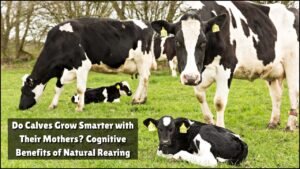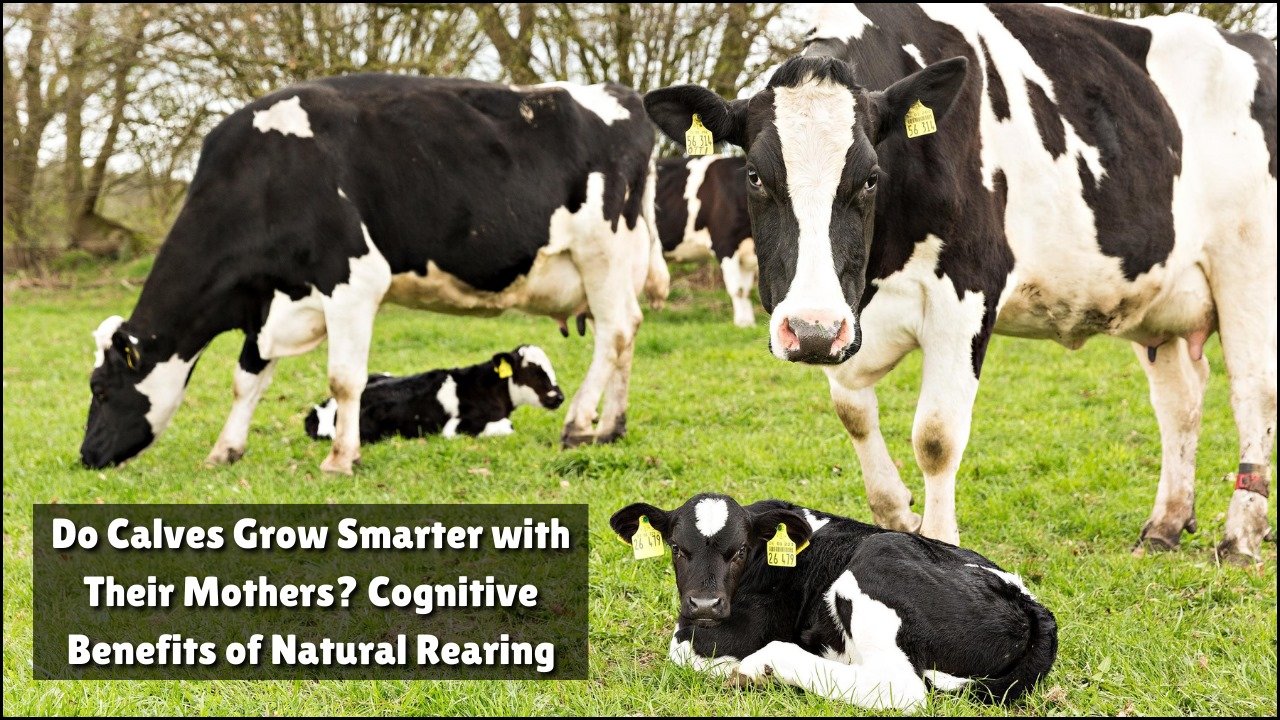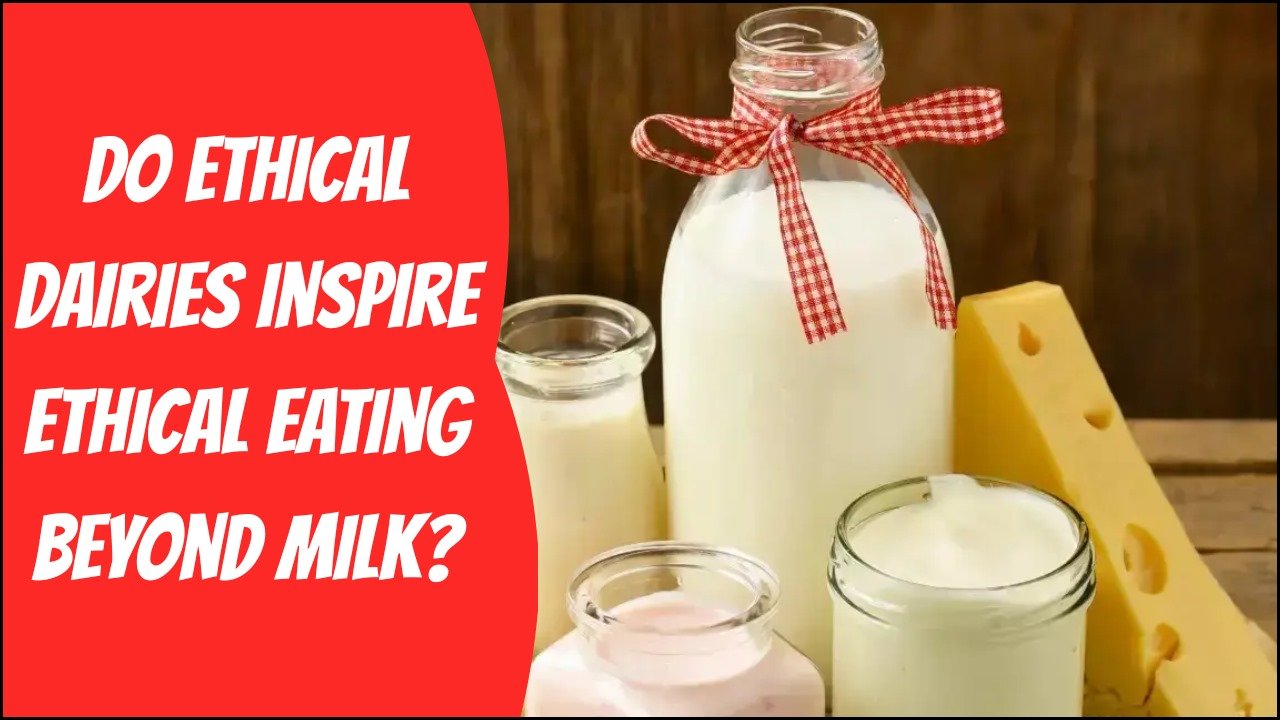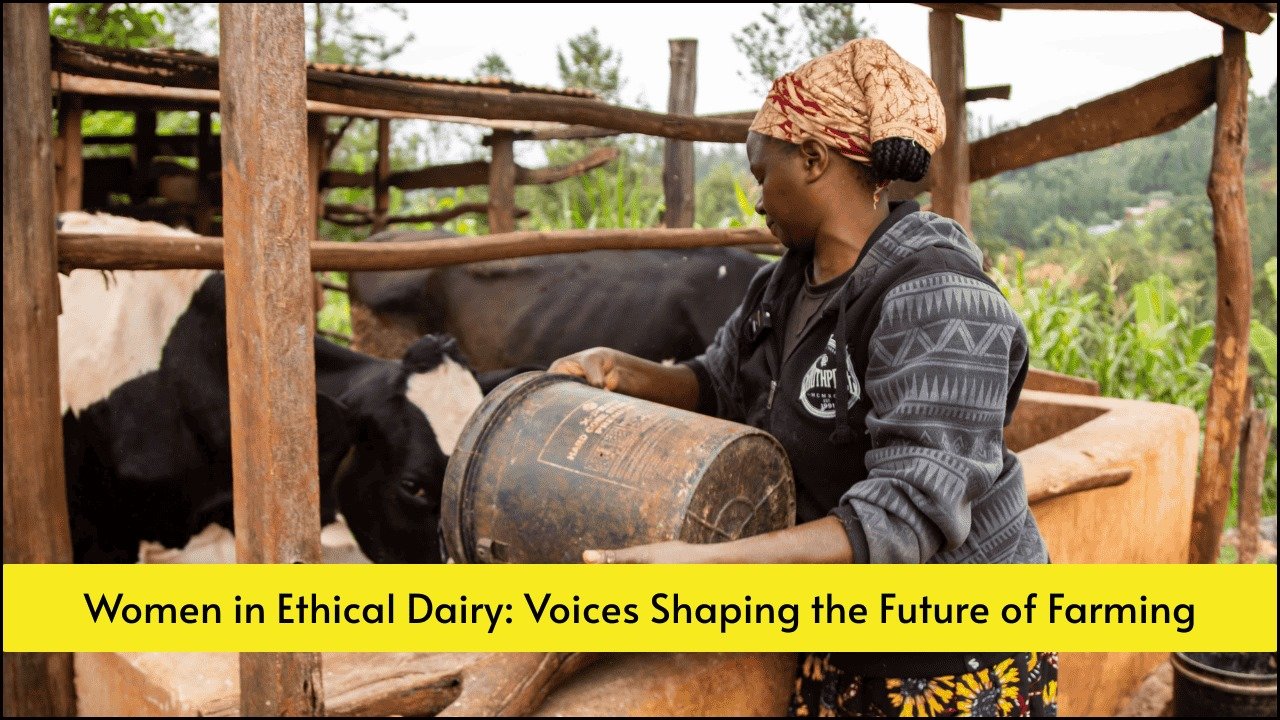
Water stewardship plays a crucial role in the success and sustainability of cow-with-calf dairy systems. These systems, designed to keep calves with their mothers for extended periods, require thoughtful water management to ensure both animal welfare and environmental protection. By adopting efficient water use practices and safeguarding local water sources, farms can reduce their environmental footprint while maintaining high welfare standards.
Table of Contents
Overview
| Aspect | Key Practices | Benefits |
|---|---|---|
| Efficient Water Use | Automatic shut-off troughs, leak checks, rainwater harvesting | Reduced wastage, lower costs |
| Water Quality Protection | Stream fencing, buffer zones, manure management | Cleaner waterways, healthier ecosystems |
| Grazing Management | Rotational grazing, strategic trough placement | Reduced erosion, better pasture health |
| Climate Resilience | Drought-tolerant plants, soil moisture tracking | Improved long-term sustainability |
| Community & Consumer Trust | Transparency in water use, ethical branding | Increased market support, stronger reputation |
Importance of Water Management in Cow-with-Calf Farms
Water is essential for animal hydration, pasture growth, and milk production. However, dairy farms—especially those operating on pasture-based cow-with-calf models—must carefully balance usage with conservation. Poor water management can lead to over-extraction, contamination of streams, and degradation of aquatic ecosystems.
In cow-with-calf setups, where animals graze more extensively, water demand is spread across different fields, requiring well-planned distribution systems and protection of natural water bodies.
Strategies for Sustainable Water Use
1. Efficient Water Infrastructure
Installing durable water troughs with automatic shut-off valves can significantly reduce wastage. Strategically placing troughs near grazing areas also prevents excessive animal movement, reducing soil compaction and erosion near water sources.
2. Rainwater Harvesting
Collecting rainwater from barn roofs or storage tanks provides an additional, sustainable supply for livestock. This reduces dependency on boreholes or municipal water systems and helps during dry periods.
3. Monitoring and Maintenance
Regularly checking for leaks in pipelines and troughs ensures no unnecessary water loss. Smart water meters can track usage, helping farmers identify inefficiencies quickly.
4. Optimised Grazing Management
Rotational grazing not only benefits pasture health but also reduces overuse of specific water points. This approach helps maintain ground cover, minimising runoff and keeping water sources cleaner.
Protecting Local Water Quality
Water stewardship is not only about using less water but also about ensuring that water leaving the farm remains clean. In cow-with-calf systems, several measures can be taken:
- Fencing Off Streams and Ponds
Preventing direct livestock access to natural water bodies reduces faecal contamination and bank erosion. - Riparian Buffer Zones
Planting native vegetation along waterways filters nutrients, sediments, and pollutants before they reach streams. - Manure Management
Proper storage and application of manure prevent nutrient runoff during rainfall. In cow-with-calf farms, where calves stay close to cows in pastures, regular collection in high-use areas helps reduce contamination risks.
Climate Resilience and Water Security
Climate change is making water management even more critical. Droughts, erratic rainfall, and rising temperatures can strain water resources. Cow-with-calf farms that adopt resilient practices—such as drought-tolerant pasture species, soil moisture monitoring, and adaptive stocking rates—will be better prepared for future challenges.
Economic and Ethical Benefits
Implementing water stewardship strategies may require initial investment, but long-term benefits include reduced water bills, improved pasture productivity, healthier livestock, and stronger community relations. Farms that demonstrate responsible water use can also attract support from environmentally conscious consumers.
FAQs
Q1: Why is water stewardship important for cow-with-calf dairy farms?
A1: It ensures enough clean water for livestock, protects local ecosystems, and supports long-term farm sustainability.
Q2: How can farms reduce water wastage in grazing systems?
A2: By installing automatic shut-off troughs, repairing leaks promptly, and using rainwater harvesting systems.
Q3: What role do riparian buffer zones play?
A3: They filter pollutants and sediments before they reach natural water sources, improving water quality.








